Water Extinguishers
Water-based extinguishers are used to fight Class A fires only. This means fires that are fuelled by solid combustibles – such as paper, plastic wood and textiles. Water extinguishers work by eliminating the heat element from the fire, and cannot be used on Class B or electrical fires. If a water-based extinguisher were to be used on a Class B fire (flammable liquids), the water is likely to spread the fire rather than extinguish it. Water extinguishers can create a major shock hazard if used to tackle electrical fires, and you should be careful about using water-based extinguishers in areas with exposed wires, cables or electrical equipment. Water-based extinguishers are solid red in colour.
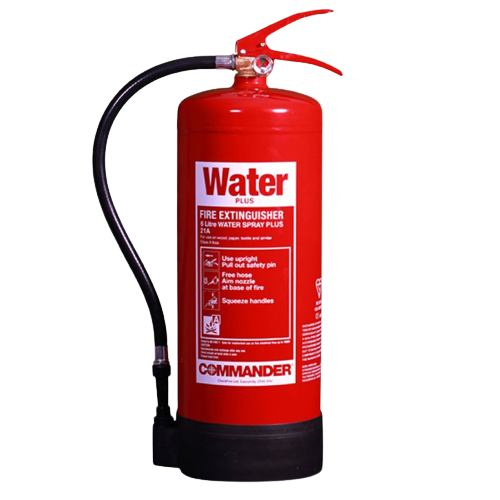
Wet Chemical Extinguishers
For Class F fires – fires involving cooking oil, fats and vegetable oils – a wet chemical extinguisher is used. These extinguishers should be present in any commercial kitchen environment so you are able to tackle kitchen fires effectively. Wet chemical extinguishers also remove the heat element from a fire, but they also smother the fire by cutting off the oxygen from the fuel. This prevents the fire from reigniting, allowing you to manage and control the fire before it spreads. Wet chemical fire extinguishers can also be effective against Class A fires, and are identified with a yellow label.
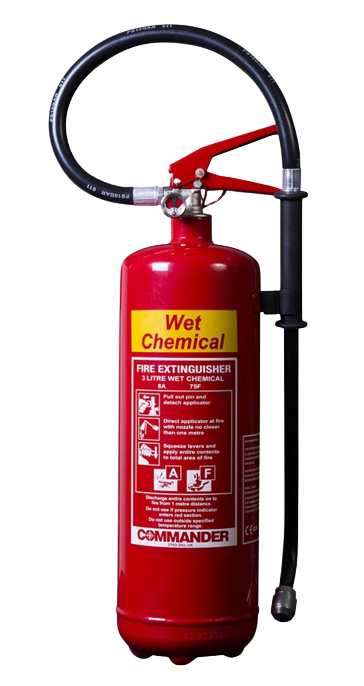
Dry Powder Extinguishers
Dry powder fire extinguishers are one of the most versatile types of extinguishers available. They are suited to tackle Class A, B and C fires. They can can also be used on live electrical fires, however the residue created by dry powder extinguishers can potentially damage sensitive electronics such as computers. A carbon dioxide extinguisher is always preferable for electrical fires. Identified by a blue label, dry powder extinguishers smother the fire, again separating oxygen from fuel. The leftover powder should be cleaned away fully after being used. There are different kinds of dry powder extinguishers, with some models only suited to B and C class fires, not Class A. It’s important to only use the relevant extinguisher to tackle a fire, so discuss the different types of dry powder extinguishers with your supplier.
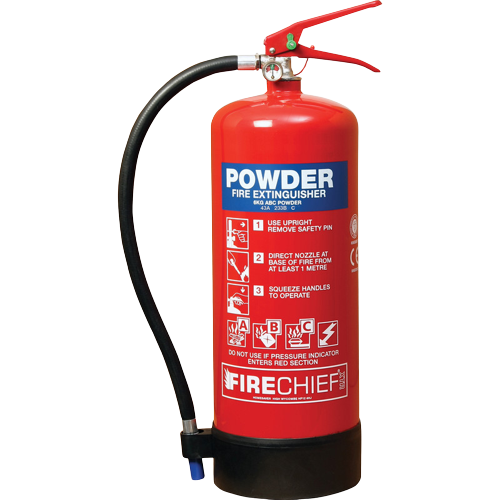
Carbon Dioxide Extinguishers
Carbon Di Oxide fire extinguishers are the chosen method to tackle electrical fires and Class B fires. Most businesses, including offices and retail spaces, contain sensitive electrical equipment, so a carbon dioxide extinguisher is a necessary fire safety tool for many commercial premises. It’s easy to identify CO₂ fire extinguishers due to their black label and large, black horn. The horn reduces the pressure of the CO₂, allowing it to expand into a freezing gas which is fired from the extinguisher at rapid speed. The gas takes away the heat from the fire and removes the oxygen so combustion can no longer take place.
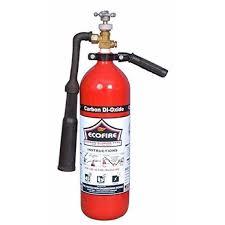

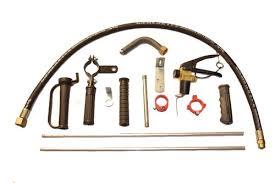
Foam Extinguishers
Foam fire extinguishers are effective against both Class A and Class B fires. They are identified by their cream coloured label, and should not be used to fight live electrical fires. Due to their versatility, foam extinguishers may be preferred to water-based extinguishers in offices, for example. A foam extinguisher smothers the fire in a layer of foam which removes combustion and prevents re-ignition.
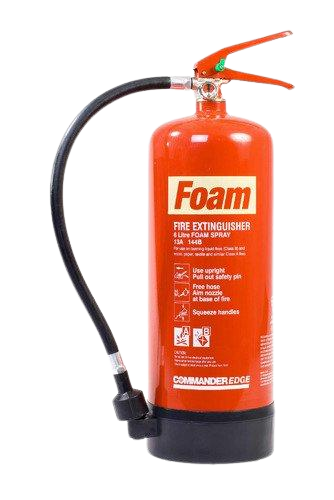
ABC TYPE FIRE EXTINGUISHER FULL FORM
An ABC fire extinguisher is designed to suppress small Class A, B and C fires. These are the three most common types of household fires. Class A fires are fires that are fueled by common combustible materials such as wood, paper, plastic, cloth and rubber. When you look around your living room, most objects in the room will fit into this category.

A” TRASH–WOOD–PAPER
Fire extinguishers with a Class A rating are effective against fires involving paper, wood, textiles, and plastics. The primary chemical used to fight these fires is monoammonium phosphate, because of its ability to smother firein these types of materials.

B” LIQUIDS
Fire extinguishers with a Class B rating are effective against flammable liquid fires. These can be fires where cooking liquids, oil, gasoline, kerosene, or paint have become ignited. Two commonly used chemicals are effective in fighting these types of fires. Monoammonium phosphate effectively smothers the fire, while sodium bicarbonate induces a chemical reaction which extinguishes the fire.

C” ELECTRICAL EQUIPMENT
Fire extinguishers with a Class C rating are suitable for fires in “live” electrical equipment. Both monoammonium phosphate and sodium bicarbonate are commonly used to fight this type of fire because of their nonconductive properties.
